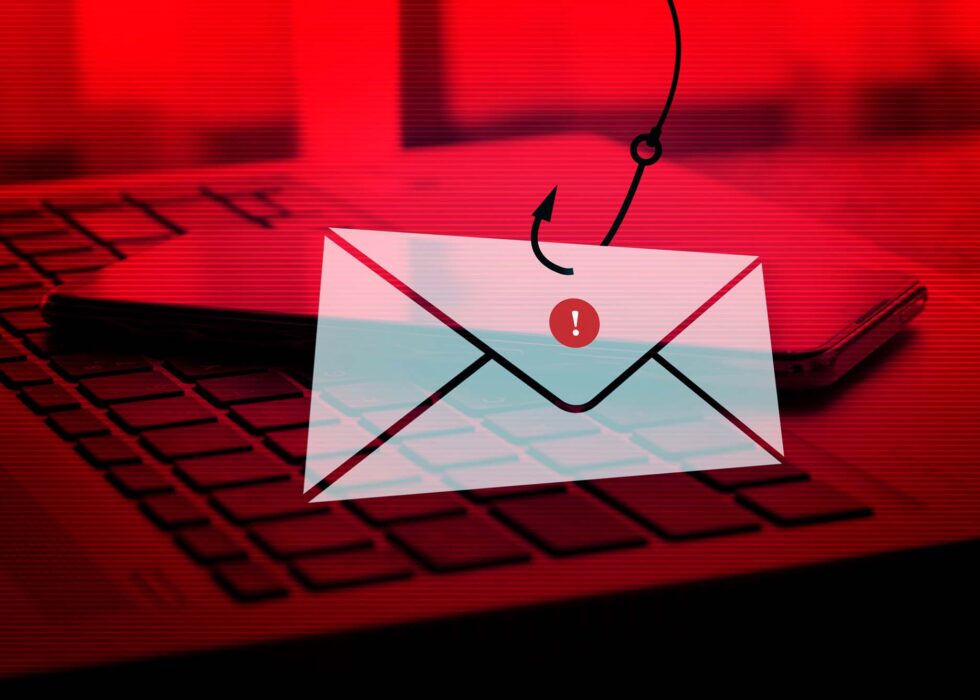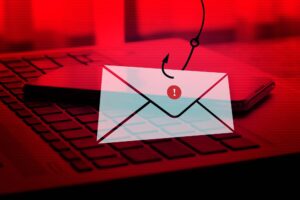Phishing scams are among the most prevalent and dangerous threats facing businesses today. Cybercriminals use deceptive emails to trick employees into disclosing sensitive information, such as passwords, financial data, and access credentials. Once inside your system, they can steal data, lock you out of your network, or even hold your company ransom.
If you’re wondering how to stop phishing emails before they do real damage, you’re not alone. The good news is that with the right tools and strategies, you can dramatically reduce your risk and create a stronger defense.
7 Proven Strategies to Protect Your Business
Here are seven proven ways to stop phishing emails and protect your business from costly breaches.
1. Train Your Team to Spot Phishing Attempts
Your employees are your first line of defense. If they can’t recognize a phishing email, your entire network is at risk.
Teach them how to identify:
- Unusual sender addresses
- Spelling errors or strange grammar
- Urgent requests for login credentials or wire transfers
- Suspicious links or attachments
Schedule regular training and run phishing simulations to test their awareness in real time.
2. Use Advanced Email Filtering Tools
Basic spam filters are no longer enough. Phishing attacks have evolved to bypass simple email defenses.
Upgrade to an email security solution that uses:
- AI-based threat detection
- Real-time link scanning
- Attachment sandboxing
- Domain-based message authentication (like DMARC, DKIM, and SPF)
These tools help stop phishing emails before they reach employees’ inboxes.
3. Implement Multi-Factor Authentication (MFA)
Even if a phishing email tricks someone into giving away a password, MFA can stop the attack in its tracks.
Requiring a second form of verification, such as a code sent to a phone, adds a critical barrier that keeps attackers locked out.
4. Keep Software and Systems Updated
Phishers often exploit known vulnerabilities in outdated software. If you do not patch your systems regularly, you’re making it easier for them to be compromised.
Set up a patch management process that ensures all devices, browsers, and applications are always running the latest versions.
5. Disable Unnecessary Email Functions
Reduce your attack surface by turning off risky features like:
- Email auto-forwarding rules
- Macros in email attachments
- Embedded scripts or dynamic content
If these features aren’t critical to your operations, disabling them adds another layer of protection.
6. Monitor and Respond to Suspicious Activity
Stopping phishing is not just about prevention; it’s about detection and response.
Utilize tools like SIEM (Security Information and Event Management) to monitor unusual logins, data transfers, or email activity. When your team identifies a threat, you can respond quickly to isolate it and minimize damage.
7. Partner With a Trusted IT Consultant
Knowing how to stop phishing emails is one thing. Having the time and resources to apply all these strategies is another matter.
An experienced IT consultant can:
- Conduct risk assessments
- Configure advanced email defenses
- Train your staff
- Monitor your network for threats 24/7
At Alliance InfoSystems, we help businesses stay ahead of evolving phishing tactics. Our tailored approach protects your data, reduces risk, and gives you peace of mind.
Stop Phishing Emails Before They Strike
Phishing isn’t just a nuisance. It’s a business-critical threat that can lead to data breaches, financial loss, and regulatory penalties.
Don’t wait until your inbox becomes a gateway for cybercriminals. Take action now.
Schedule a free phishing risk assessment with Alliance InfoSystems. Call us at 410-585-9505




